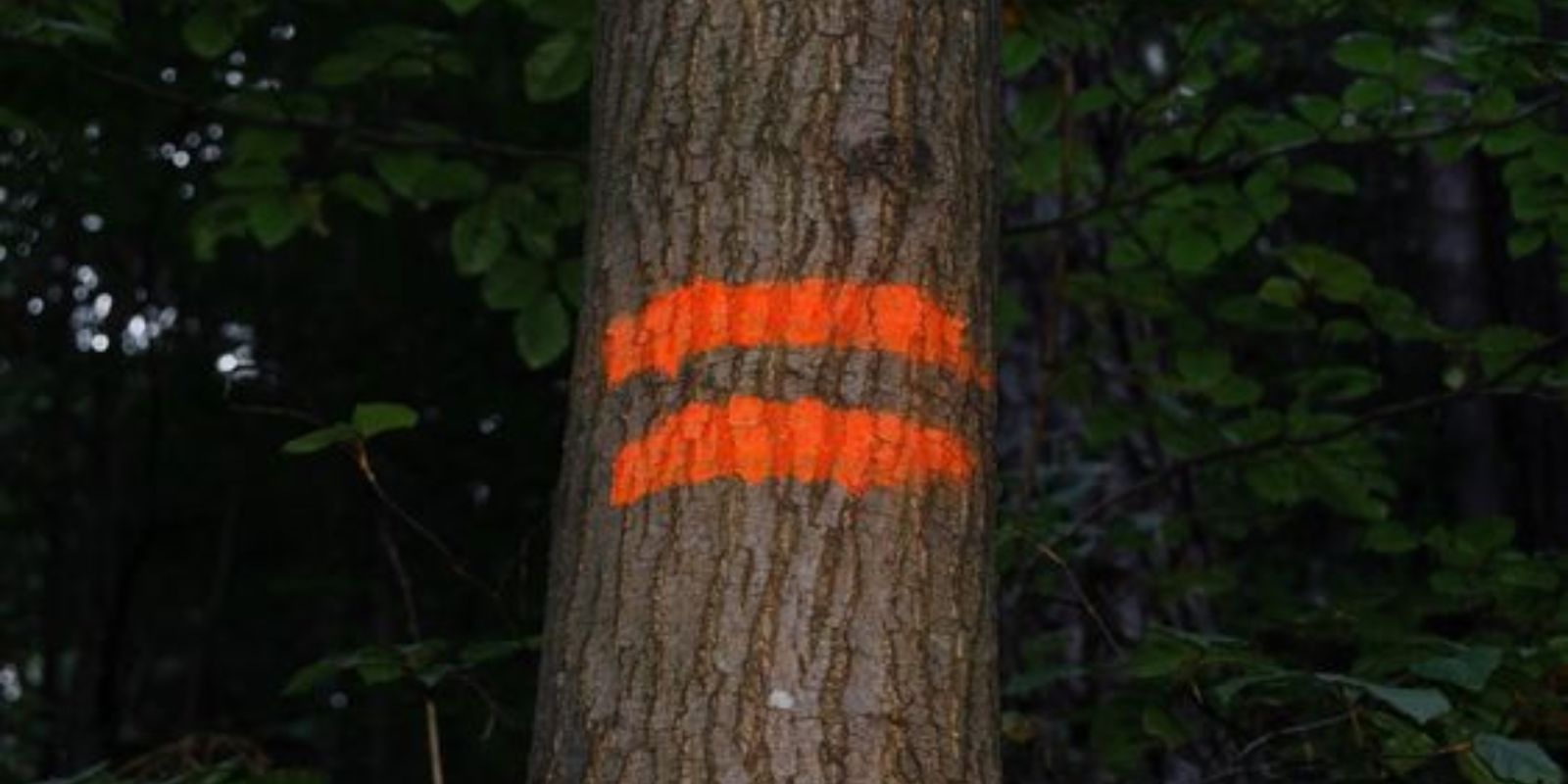Introduction
Tree marking color codes are used in various fields such as forestry, landscaping, and urban management to convey specific information about trees. These markings help professionals communicate their plans and intentions regarding tree management, health, and conservation. Understanding these color codes can provide valuable insights into tree care, land management, and environmental preservation. In this article, we’ll delve into the meanings behind different tree marking colors and how to interpret them correctly.
The Basics of Tree Marking Color Codes
Tree marking involves using colors to label trees for specific purposes. These colors are applied to the trunk or branches and are used to indicate a range of actions or statuses related to the tree. While the color codes can vary by region or organization, there are some common color conventions that are widely recognized.
Common Tree Marking Colors and Their Meanings
- Orange: Removal or Thinning
- Purpose: Orange markings are often used to identify trees that are scheduled for removal or thinning. This could be due to various reasons, such as disease, pest infestation, or to clear space for new development or planting.
- Identification: Look for bright orange paint or tape around the trunk or branches. This indicates that the tree will be cut down or trimmed in the near future.
- Action: If you see orange markings, it’s important to understand why the tree is being removed. If it’s on your property, you might want to contact a local arborist or forestry professional for more details.
- Blue: Preservation or Conservation
- Purpose: Blue markings are typically used to signify trees that are to be preserved, protected, or included in conservation efforts. These trees are often of significant ecological, historical, or aesthetic value.
- Identification: Blue paint or tape is applied to the trunk or branches. This indicates that the tree has been identified as important and will be safeguarded during land management activities.
- Action: Blue-marked trees are usually not to be disturbed. If you’re involved in a project or development near these trees, ensure that proper measures are taken to protect them.
- Red: Inspection or Potential Issues
- Purpose: Red markings often indicate that a tree has potential issues that need further inspection or evaluation. This could be due to structural problems, disease, or pest infestations.
- Identification: Red paint or tags are used to highlight trees that require attention. These marks serve as a warning for further assessment.
- Action: If you encounter a tree with red markings, it’s advisable to have it inspected by a professional arborist. They can provide a thorough evaluation and recommend appropriate actions.
- Yellow: Future Planning or Survey Reference
- Purpose: Yellow markings are commonly used for planning purposes, such as indicating future planting sites or as reference points for surveys and land assessments.
- Identification: Yellow paint or tags on trees are used to denote areas of interest for future activities. This could include identifying locations for new plantings or marking survey boundaries.
- Action: Trees marked with yellow are often part of future plans. If you’re involved in land management or landscaping, these markings will help guide your planning and implementation.
Regional and Organizational Variations
While the above color codes are commonly used, it’s important to note that marking conventions can vary by region or organization. Different forestry departments, landscaping companies, or conservation groups may have their own systems for marking trees. Therefore, it’s crucial to consult local guidelines or contact the relevant authorities if you’re unsure about the meaning of specific color codes in your area.
How to Interpret and Respond to Tree Markings
- Consult Local Guidelines: Check with local forestry departments or land management organizations to understand the specific color codes used in your area. They can provide detailed information about local marking conventions and their meanings.
- Ask Professionals: If you encounter unfamiliar markings or need clarification, reach out to arborists, forestry professionals, or conservationists. They can offer expert advice and explain the implications of the markings.
- Consider Context: The context in which the markings are applied is also important. For example, a tree marked with a color in a construction zone might have a different meaning compared to one in a conservation area.
- Document and Report: If you come across trees with unusual or concerning markings, document them with photos and report them to the appropriate authorities. This can help ensure that any issues are addressed promptly.
Conclusion
Understanding tree marking color codes is essential for anyone involved in land management, conservation, or landscaping. These markings provide important information about the status and intended actions for trees, helping to guide decisions and actions related to tree care and management. By familiarizing yourself with the common color codes and consulting local guidelines, you can better interpret these marks and contribute to effective tree management practices.
Motivation
Have you encountered tree markings in your area? Share your experiences and learn more about what these colors mean—let’s work together to ensure our green spaces are well-managed and protected!

